In Britain the term "cycle street" is not well known and there seem to be few implementations. I am talking about what the Dutch call a fietsstraat, the French a vélorue and the Germans a Fahrradstraße; a "bicycle boulevarde" in the United States.
Here is the clearest explanation I can find, translated from Guide des Aménagements Cyclables:
A cycle street is a street that accommodates transit bicycle traffic and only local motorized traffic. In some countries, a cycle street is defined by regulations and may, for example, prohibit overtaking (Belgium), or authorize several people to ride abreast (Germany). In the Netherlands, it has no regulatory basis, but is the subject of specific recommendations:
- cycles must be able to take over the carriageway: this is the case regardless of the volume of cycles as soon as motorized traffic is less than 500 vehicles per day. Ideally, cycle traffic is at least twice as high as motorized traffic, with a limit for the latter set at 2,000 vehicles per day.
- the cycle street has priority at intersections over cross streets.
- the roadway has the same surface as cycle paths (red asphalt in the Netherlands).
So, a cycle street is a low traffic, low speed street with a lot of cycling on it, optimised for cycling priority, comfort, speed, wayfinding, etc. It needs to be designed to either prohibit (Germany and Belgium) or deter motor vehicles from overtaking people cycling.
Here is a video about a cycle street in Vienna
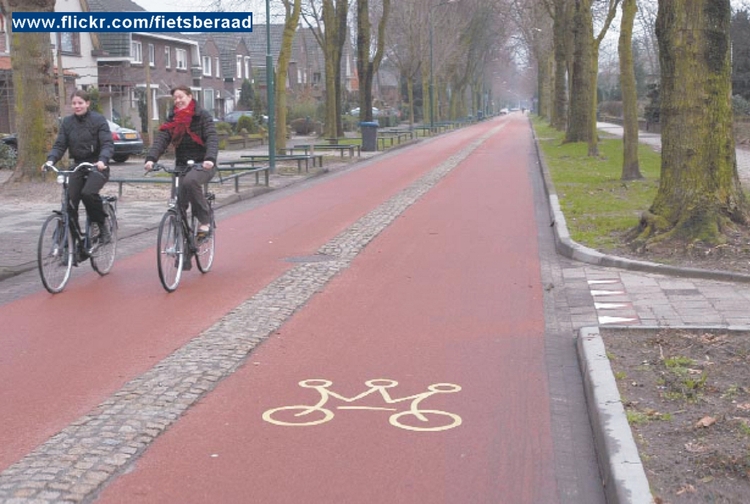
Some other examples:
Because these are not (except in the Netherlands) traditional parts of highways toolkits, there isn't much consistency about their layout. The "wide yellow stripes on each side" is specific to Paris and is pretty much the reverse of the Brussels layout.
Oxford Possibilities
In Oxford, I think the following routes could be laid out as cycle streets:
- Hythe Bridge St-George St-Broad St-Holywell St-Longwall St
- Including a cycle track across Frideswide Square, this would provide east-west connectivity across the city centre.
- It would require motor traffic shifted from Hythe Bridge St to Park End St, buses shifted from George St and the Magdalen Sts to Beaumont and St Giles, and a bus gate on Longwall St.
- Bainton Rd - Hayfield Rd - Kingston Rd (to the St Margarets Rd junction)
- about 1km, could be continued into Jericho if traffic there was reduced
- Midddle Way - Stratfield Rd
- 800 metres
- has a "kink" at South Parade
- Catherine St - Hurst St - James St
- Hurst St (from Telraam data) has around 780 cycle and 370 motor vehicle movements per day.
- 850 metres
- has a kink at Magdalen Rd
- should be resurfaced (ahead of Percy St and Aston St)
- should have priority at the junctions with Percy and Charles Sts (the current give-way markings reflect old E-W motor traffic flows, but the N-S cycle flows are now much higher)
- trickier, but could change priorities at Magdalen Rd so the N-S cycle route has priority over motor traffic on Magdalen Rd
- Rymers Lane - Cricket Rd
- 1.2km long, could be extended to Magdalen Rd, via Drove Acre and Ridgefield
- needs the more aggressive humps softened (or made bypassable by cycles)
- may have too much motor traffic at its southern end - motor traffic is only just under the 2000/day threshhold (and includes HGVs accessing the retail park) and is 80% higher than cycle traffic
- Fyfield Rd - Norham Gardens
- 650 metres
- possibly too wide to allow car overtakes to be constrained
- Edgeway Rd? Fairacres Rd?
Full rebuilding of these streets (as in the Dutch example) would be expensive. But these streets should be given priority at junctions (so the give-way markings should be switched at the junctions of Catherine St with Percy and Charles Sts) and resurfaced with a three metre wide central lane in a distinctive colour asphalt, marked with cycle symbols.

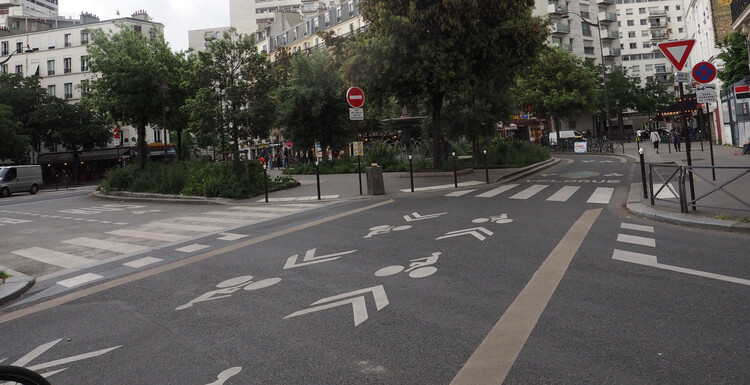
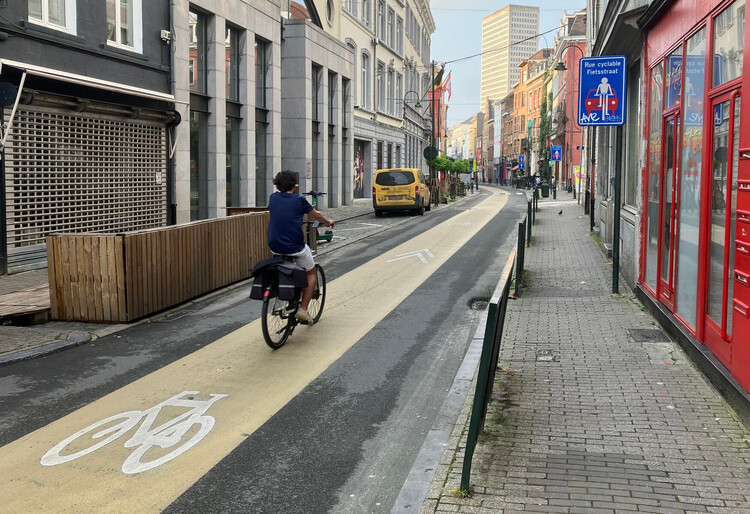
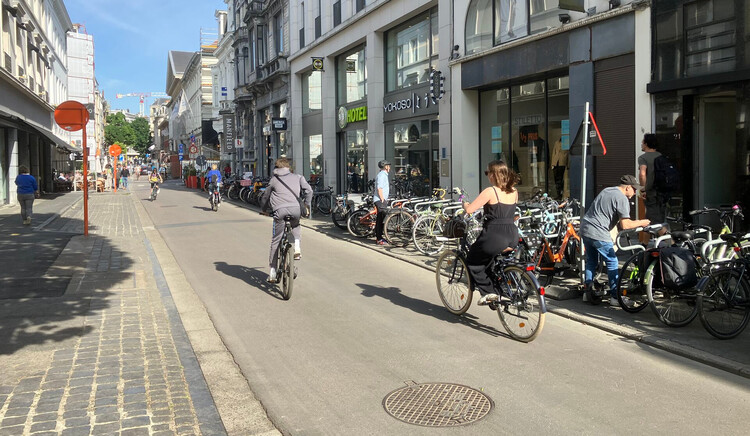
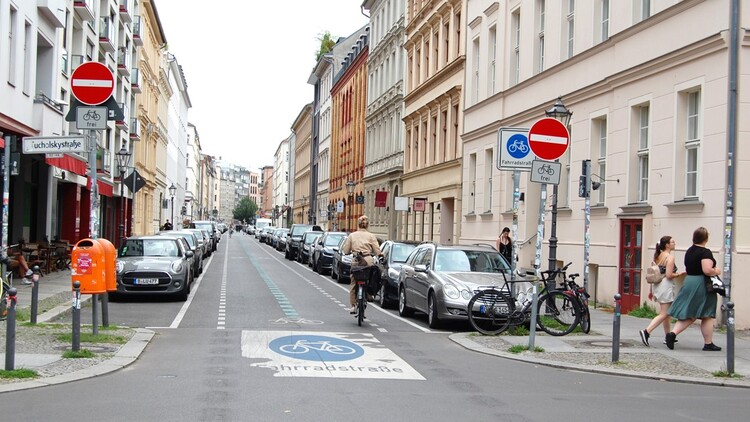
Wikipedia lists names and types of cycle street under the heading 'Bicycle boulevard':
https://en.wikipedia.org/wiki/Bicycle_boulevard